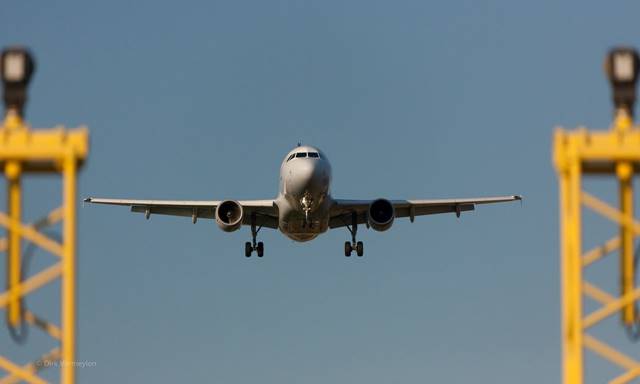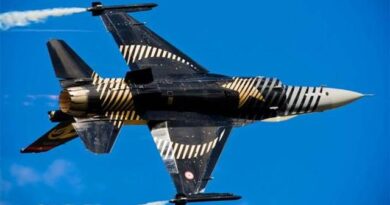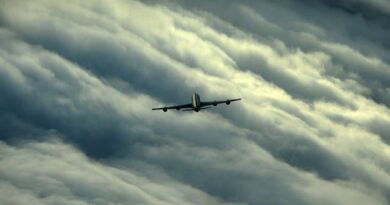Overweight Landing
In this article, we will examine the answers to these questions, what is overweight landing? Under what conditions and why overweight landing is carried out?
It is a landing at a higher weight than the maximum safe landing weight (MLW) of any aircraft. To make it more understandable; The Maximum Landing Weight (MLW) (maximum design landing weight, in some sources) of Boeing 777-300ER aircraft is 251,500 ~ KG. When the plane lands with heavier weight than this, the landing becomes overweight landing.
What is the Maximum Landing Weight (MLW)?
MLW is the highest weight any aircraft can safely land. This weight is basically determined by considering the landing gear and the general design of the aircraft.
In Which Conditions Overweight Landing Preferred?
Pilots may decide to return to the departure airport or the nearest alternative airport immediately after take-off due to any emergency situation (Bird strike, double engine failure, serious health problems etc.). In such a case, the weight of the plane may be more than the maximum landing weight. If this weight does not fall below the maximum landing weight until reaching the airport to land, there are three ways the pilot can follow. Fuel Jettison, Holding and Overweight Landing.
However, if the plane is not able to hold in the air (for example, if the health of a person on the plane is critical, fire, etc.), the team’s only chance may be overweight landing.
Under normal conditions, overweight landing is not applied. Fuel jettison or holding is made, then descend to the appropriate weight and then land.
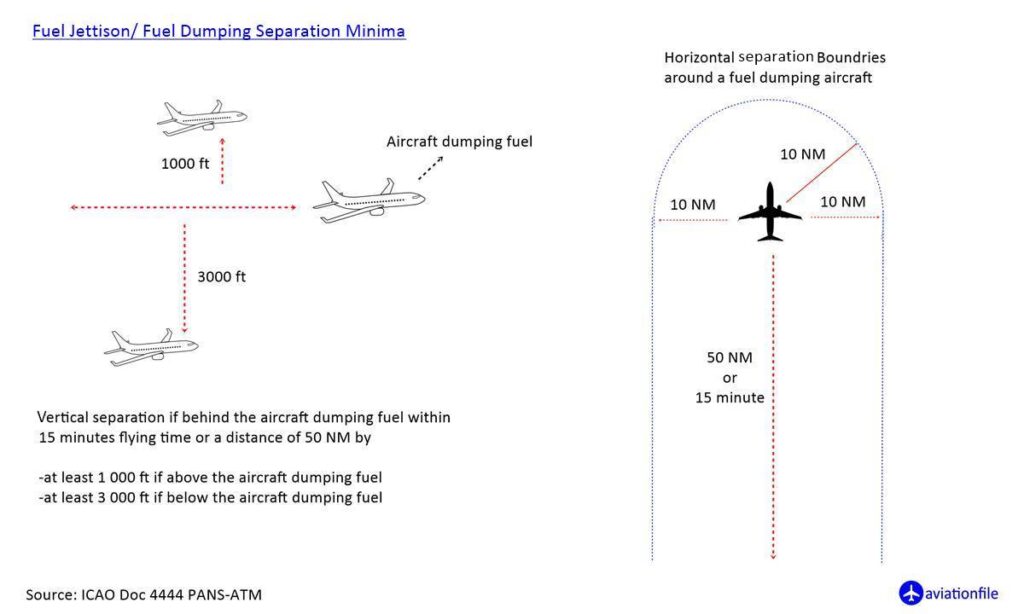
How Can Overweight Landing Result?
Of course, we cannot give an exact answer to this question, but we can predict the possible consequences.
First of all, this weight increases the braking distance, as an airplane landing heavier than ever. In addition, as the load on the landing gear will be high, the landing should be done extra carefully. It can be difficult for pilots to control the plane during and after landing. The possibility of runway excursion increases in such landings.
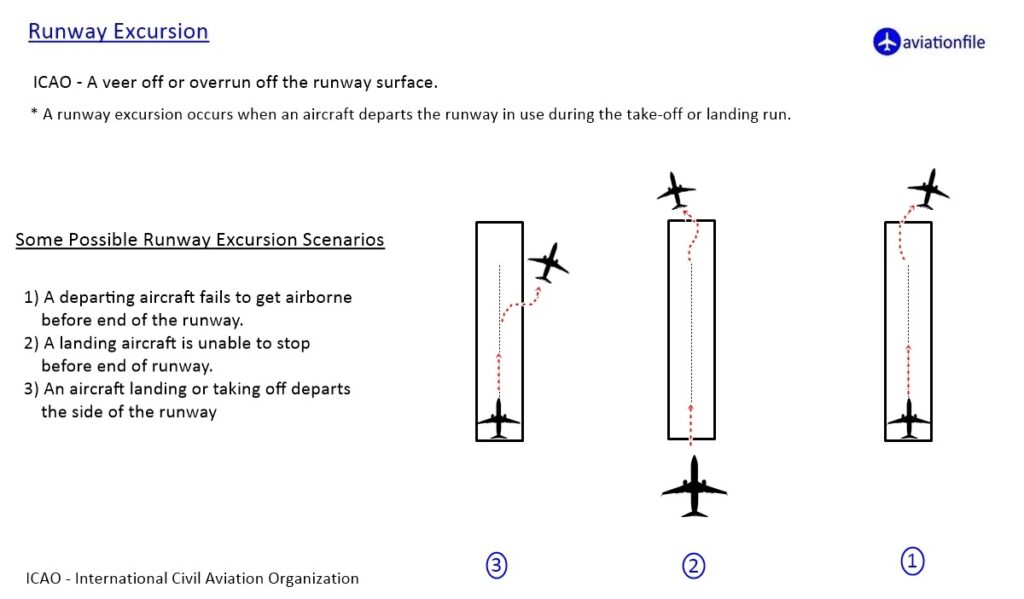
An airplane that performs overweight landing can be landed without any problems. However, in the presence of external factors such as piloting error or meteorological conditions, serious accidents are possible. The landing gear may break / collapse if the flank is made uncontrolled while landing a heavy aircraft.
The publication prepared by Boeing company on overweight landing and fuel jettison is a great resource for readers who want to go deeper on this subject. I am sharing the link of the source. I recommend you to review the document, and I also share one of the subheadings in the source to give you an idea…
“Overweight automatic landings are not recommended Autopilots on Boeing airplanes are not certified for automatic landing above the maximum design landing weight.”
Further Reading on Overweight Landings:
- SKYbrary Aviation Safety: An in-depth explanation of overweight landings, including regulations, procedures, and risks: https://skybrary.aero/articles/overweight-landing
- Boeing AERO Magazine: Pilots’ perspective on overweight landing considerations, including fuel management and decision-making: https://simpleflying.com/united-boeing-737-overweight/
- Federal Aviation Administration (FAA): Regulations and requirements for aircraft landing weights: https://www.faa.gov/documentLibrary/media/Advisory_Circular/AC_25_571-1D_.pdf
- International Civil Aviation Organization (ICAO): Landing weight standards and best practices for commercial airplanes: https://www.icao.int/safety/safetymanagement/pages/sarps.aspx
